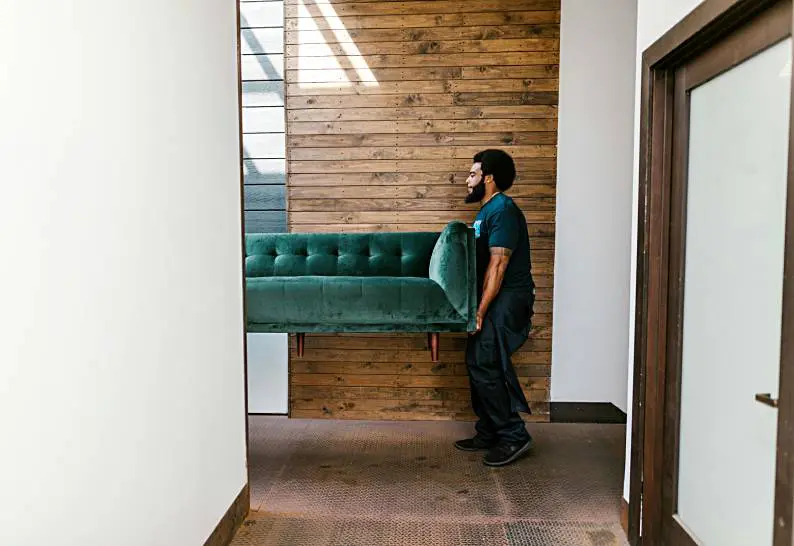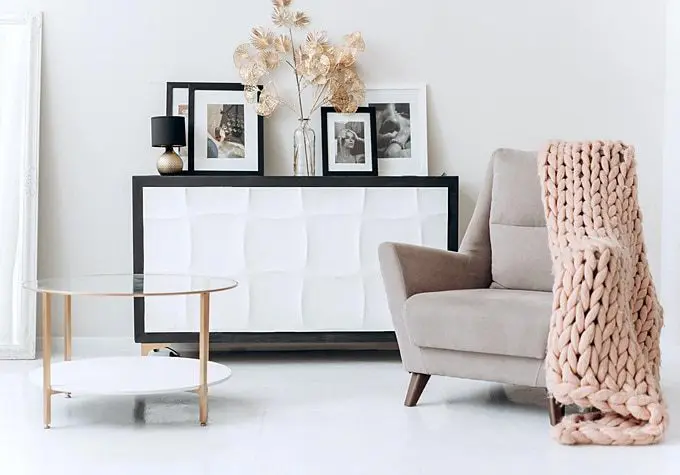words Al Woods
LED tube lights are fast becoming the most popular lighting option in the market. Traditional fluorescent lighting cannot hold a candle (pun intended) to LED tube lights. LED tube lights are suitable to use for both indoor and outdoor purposes.
There are many options and varieties of LEDs available which you can explore at lepro.com. However, based on what your needs and requirements are, here are some useful tips to consider when buying LED tube lights.

1. Don’t let the cost deter you
LED tube lights cost more to buy initially than traditional incandescent substitutes. However, don’t let the initial investment required to acquire LEDs dissuade you. The word investment is the right choice when it comes to LEDs as in the long run, LEDs provide many economic benefits thanks to their longevity and lower power consumption.
2. Consider the light temperature
Before replacing your conventional lights with LED tube lights, it is imperative that you consider what colour temperature you prefer. Usually the light ranges 2400K to 6500K.
- For a vibrant mood choose a blue coloured light around 6000K. This is best suited for use in offices, hospitals, and art studios.
- 4000K choice is better for stores, showrooms and supermarkets.
- To create a warm and cosy mood, choose 2700–3000K. Best suited for homes, restaurants, and hotel lobbies.
3. LEDs are not dimmable by default
The traditional dimmers that are usually employed to limit the electricity sent to conventional incandescent bulbs thereby adjusting the brightness, do not work with LEDs. To use LED lights with a dimmer, you can either try to find LED tube lights compatible with traditional dimmers, or you will have to swap out the previously installed dimmer system with one that is compatible with LEDs.
4. Heat Emissions
Even though LEDs are much cooler in comparison to conventional incandescent lights, but that doesn’t mean that there is no heat produced at all. Usually the heat generated by LEDs is absorbed in the heat sink at the bottom of the LED and then dispersed in the air, but if you are planning to install your LED tube light in a smaller more confined space, there will be a rise in the temperature as there will be no space for the heat to dissipate to. So if you intend to install the light in an enclosed area, consider purchasing LED lights that function at lower temperatures.
5. Choose an LED according to panel size installed
Most LEDs are built according to standard industry sizes and it is highly likely that you will find one that fits your panel. If you are able to find the right size for your panel, you will not need to get any customization or retrofitting done to fit into your space.
6. Disposal methods
To make sure that you know how to properly dispose of any component of the LED tube lights later on, make a note of the primary elements it contains at the time of purchase. LED lights are basically composed of electronic components, semiconductors, PCBs, and diodes. For disposal, you should check with waste management authorities and follow the disposal procedure used for other electronic materials.
7. Lifespan and Longevity
The life of an LED, or how long it lasts, is directly proportional to its usage. Before making a purchase, you should determine how long the LED tube light is expected to last and decide if it is appropriate for what your requirement is.
Make sure you keep these tips in mind before making a purchasing decision. If you need additional information about LED tube lights to facilitate your decision, consider looking at the collection of LED tubes available at https://www.lepro.com/led-tube-light .




